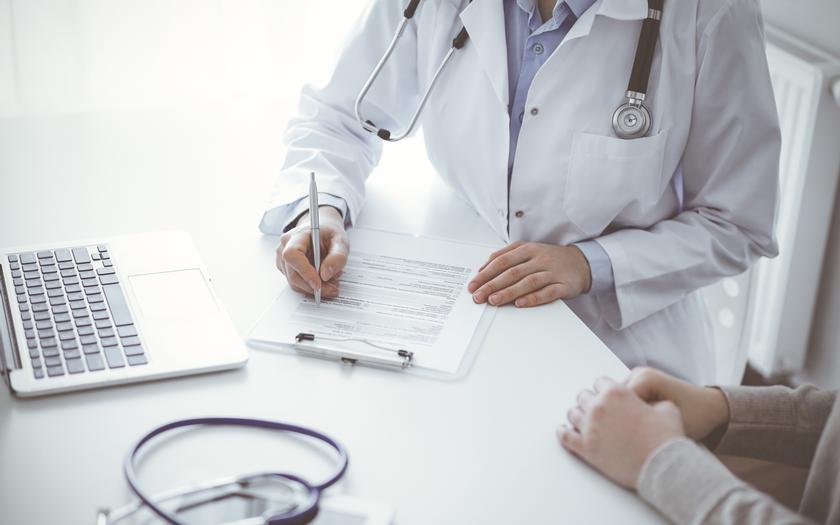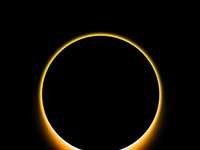How Long Does a Colonoscopy Take? (& 5 More Questions About the Procedure, Answered)

Many people get nervous hearing their doctor say it's time for a colonoscopy, whether because they're worried the procedure will be painful or they've heard that preparing for a colonoscopy is the worst part.
But armed with a little knowledge, you might find that this often-dreaded screening isn't actually as bad as you thought.
Colonoscopies play an important role in preventing colorectal cancer, the fourth most commonly diagnosed cancer in men and women.
"A colonoscopy is the gold standard for colorectal cancer screening," says Dr. Valentine Millien, a gastroenterologist at Houston Methodist. "We say this because it's both diagnostic and therapeutic — meaning we not only use it to detect abnormal growths of cells that could be signs of colorectal cancer, but we can also remove them during the procedure."
Typically performed by a gastroenterologist, the unusual growths your doctor is looking for during a colonoscopy are called polyps. Not all polyps are dangerous, but certain types have the potential to develop into cancer over time. As such, they need to be removed.
Your questions about this procedure likely extend beyond it's need, though. Dr. Millien is here to answer everything you need to know to feel at ease about an upcoming colonoscopy.
What happens during a colonoscopy?
During a colonoscopy, a colonoscope — a long flexible hose about the width of a thumb and containing a light and a camera on the end — is used to visualize your colon and look for polyps.
"We access the colon from its most distal end, the rectum, and then we follow the normal anatomy of the colon to reach its most proximal end, the cecum," explains Dr. Millien. "Once we reach the cecum, we start withdrawing the scope, and this is mainly when we look for polyps."
Water and air are used to expand parts of the colon along the way. This helps ensure it can be adequately visualized. If a polyp is detected, it's removed using small tools inserted through the scope. It is later examined more closely under a microscope by a pathologist.
"We're most worried about a type of polyp called an adenoma," says Dr. Millien. "Finding an adenoma doesn't mean you have colorectal cancer. It just means that you have an abnormal growth of cells that, if given enough time, has the potential to develop into cancer. So we need to take that growth out."
Not all polyps are adenomas. The other main type, hyperplastic, is a benign polyp — still a growth of cells, but with no potential of developing into cancer. Your doctor will let you know whether any polyps were found during your procedure. After they've been examined more closely, your doctor will also let you know whether they're precancerous or not.
How long does a colonoscopy take?
The entire colonoscopy procedure is fairly short, typically taking just 10 to 15 minutes.
"Unless it's a difficult colonoscopy, it takes us about two to three minutes to reach the most proximal part of the colon with the scope," explains Dr. Millien. "Then we usually need at least six minutes for withdrawal of the scope while looking for polyps on the colon lining. That's generally accepted to be the adequate amount of time it takes to adequately examine the length of the colon."
Is a colonoscopy painful?
Many people are afraid of experiencing pain during a colonoscopy, but the procedure is painless.
"It's why we can do this procedure without sedation when needed," says Dr. Millien. "When not sedated, you will feel pressure as we make tough turns through the colon and discomfort as we use air to visualize the colon lining. But the procedure shouldn't be painful."
Most people are sedated and don't feel anything during a colonoscopy, though. The two most common types of sedation used are moderate sedation via medications like midazolam or fentanyl (also called "twilight sleep") and monitored anesthesia.
"Different gastroenterologists use different methods," says Dr. Millien. "We can perform this procedure while awake if you have contraindications that prevent us from using sedation, or you just don't want to be sedated."
What can you eat before a colonoscopy?
In order for your doctor to adequately visualize the colon, preparing for a colonoscopy requires completely emptying your bowels. This entails maintaining a clear liquid diet on the day preceding your procedure. You are then instructed to drink a laxative solution in the hours leading to your procedure to purge your colon. The goal is to have watery stools that look like urine at the end of the purge.
"There are three other pieces of advice I always give. First, it's important to stay hydrated as you do your prep," says Dr. Millien. "You're going to be losing a lot of fluid as you empty your bowels, so be sure you're still drinking water and other clear liquids."
Aslo, try to eat a low-residue diet (meaning low in fiber) for a day or two before your colonoscopy. Seeds, nuts and roughage — very fibrous foods, like lettuce and celery, and foods with peels, like beans and tomato skins — are harder to clean from your bowels and can clog up the scope during the procedure.
"A lot of people think they need to get a lot of fiber to help empty their bowels, so they eat a bunch of salads the day leading up to their prep," says Dr. Millien. "But we actually want you to avoid these foods since it can make your prep less effective."
Dr. Millien's last tip is to read the prep instructions ahead of time and call your doctor's office with any questions about what you shouldn't eat.
"The safest bet is to pick up the phone and ask us for clarification if you're unsure about your preparation information," says Dr. Millien. "This is a really important part of the process, so don't wait until the morning of to ask your questions."
How will I feel the day after a colonoscopy?
Some people really worry about the recovery process after a colonoscopy. The procedure doesn't sound particularly pleasant, after all. Will there be pain down there? Are there side effects, like rectal discharge or bleeding, you need to be aware of?
The short answer: No.
"You'll feel some discomfort when you wake up, and that's from the air we use to expand the colon as we visualize it. This might feel similar to being bloated," says Dr. Millien. "It's why we observe you until you pass gas, which typically takes about 20 minutes. Once that happens, people tend to start feeling back to normal and we let you go home."
You can resume your normal diet after your colonoscopy, though Dr. Millien says she usually recommends patients eat one that's well-balanced — a mix of vegetables, fruits, whole grains, lean proteins and healthy fats.
"You can also resume light activities around the house," says Dr. Millien. "We just warn about the effects of sedation. You'll want to avoid driving, lifting heavy objects and making big decisions. This isn't because of anything related to the colonoscopy itself, it's because of the anesthesia."
Dr. Millien also notes that, aside from some abdominal discomfort as you wait to pass gas, you shouldn't feel any pain after a colonoscopy. If you do, alert your doctor immediately.
"Severe abdominal pain after a colonoscopy shouldn't be ignored," warns Dr. Millien. "This is when we become concerned that something is wrong."
How often do you need a colonoscopy?
If results are normal, screening colonoscopies are repeated every 10 years — so long as there's no family history of colorectal cancer and concerning symptoms don't arise in the interim.
Reasons you may need to be screened more frequently than every ten years include:
- Family history of colorectal cancer. If a parent or sibling has had colorectal cancer, your gastroenterologist will recommend screening at least every five years. (Related: Why Even Young Adults Should Care About Colorectal Cancer Screening)
- Unclean bowels. During a colonoscopy, your doctor scores how well they were able to visualize different parts of your colon. If your bowel prep wasn't adequate and your doctor didn't get a clear look, they may ask you to come back sooner. This timeline can be anywhere from three months to three years, depending on how poorly your doctor could see.
- Certain types of polyps were found. If precancerous polyps are removed during your colonoscopy, your gastroenterologist will recommend being re-screened within five years. You will also be asked to come back sooner if 10 or more polyps were found or if a polyp larger than one centimeter was removed — even if any of these are benign.
Your doctor will let you know if any of the above factors apply to you, as well as the specific screening timeline that's recommended.

















